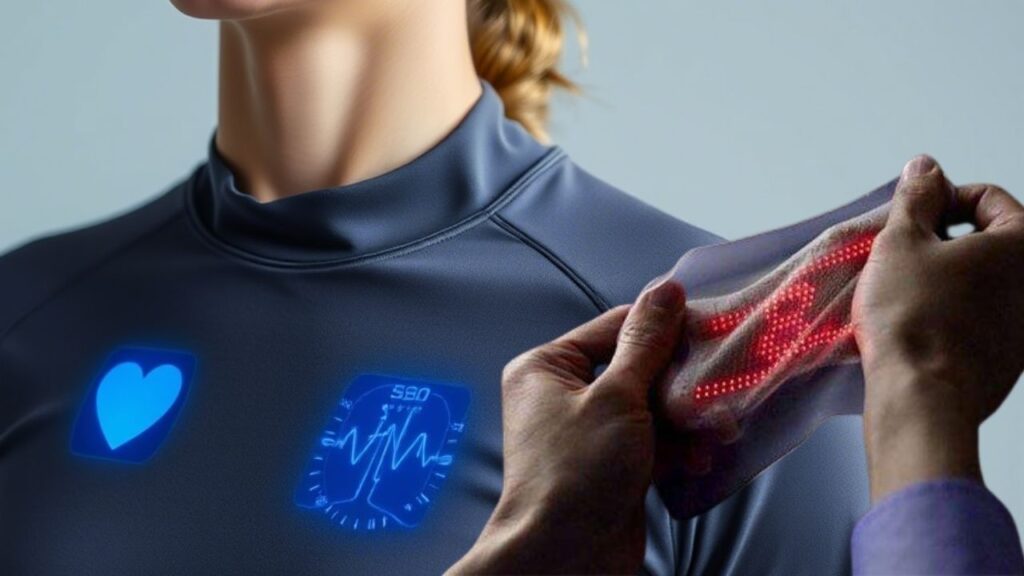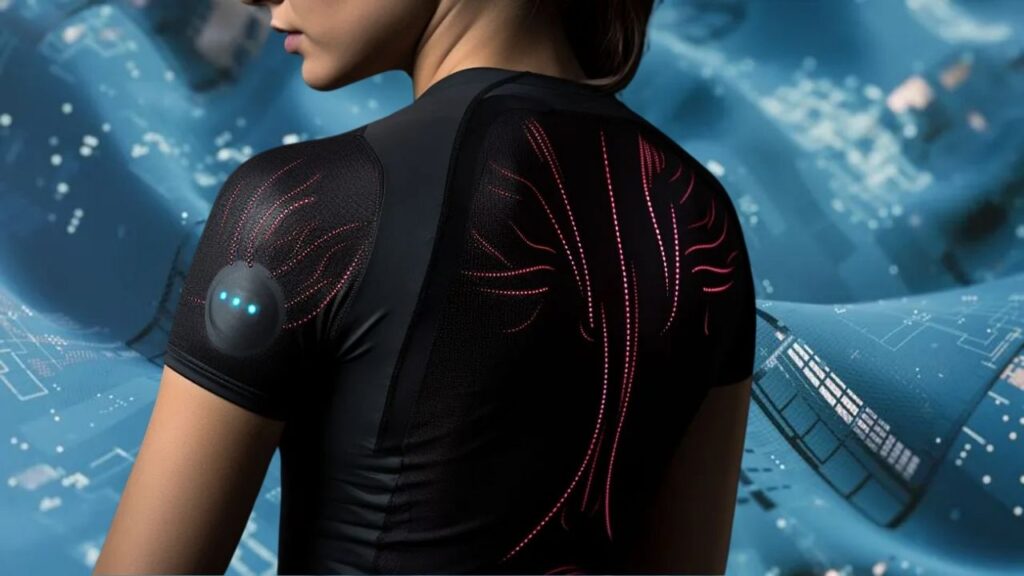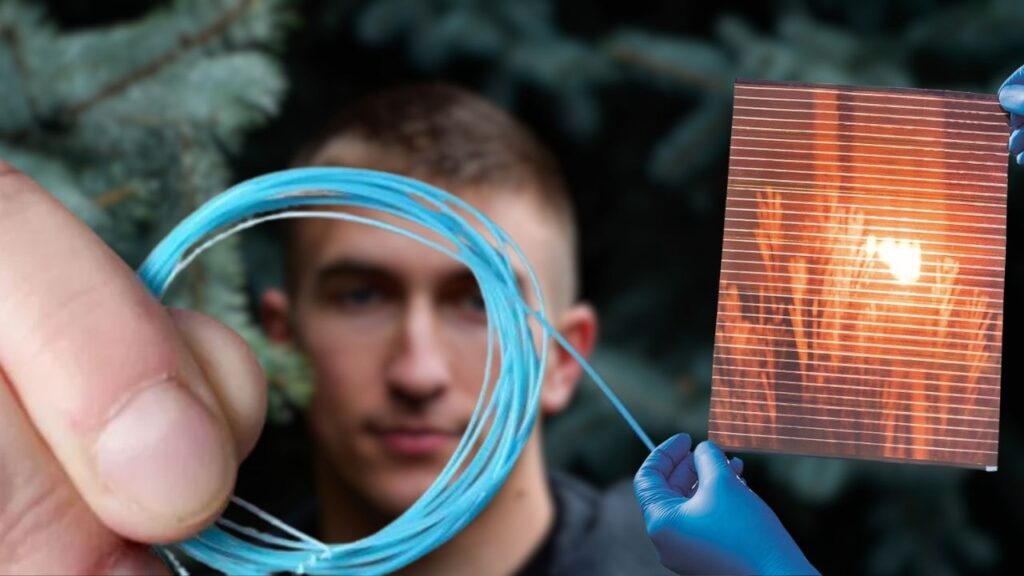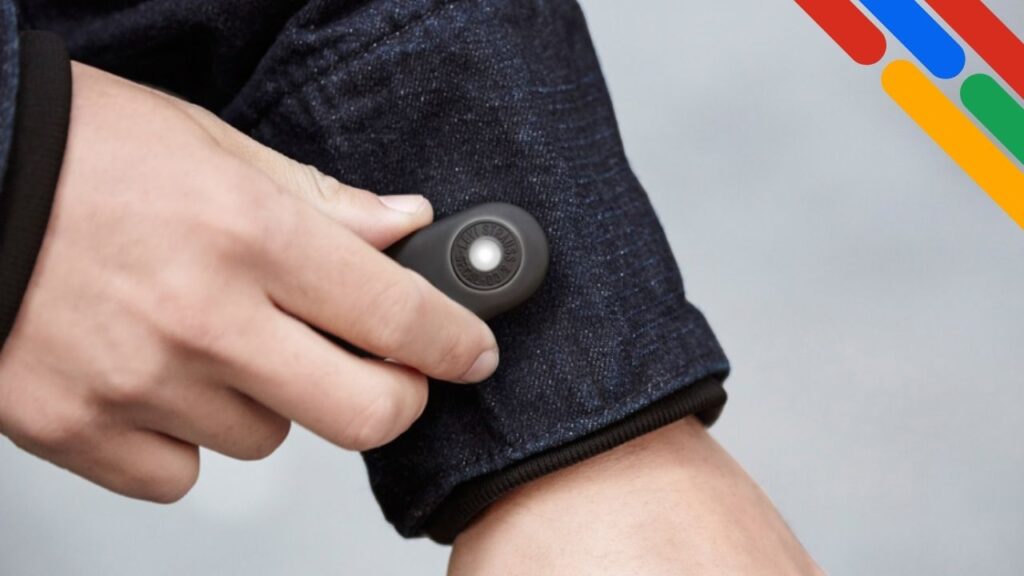Smart Fabrics That Monitor Health and Power Devices: In today’s fast-evolving digital world, smart fabrics—also called e-textiles or electronic textiles—are reshaping how we think about clothing. These are no longer just materials we wear; they’re intelligent tools that can monitor our health, track fitness, and even generate power. The idea sounds futuristic, but it’s already here—and it’s transforming industries from healthcare to fashion.

These high-tech materials are made by embedding sensors, actuators, energy harvesting components, and communication systems directly into textiles. The result? Clothes that are capable of doing things like measuring heart rate, charging your phone, or detecting sleep disorders—all while looking like a regular T-shirt.
Table of Contents
Smart Fabrics That Monitor Health and Power Devices
| Feature | Details |
|---|---|
| Technology | Integration of sensors, energy devices, and processors into fabric |
| Primary Functions | Health monitoring, energy harvesting, environmental sensing |
| Health Applications | ECG, breathing rate, sleep patterns, sweat analysis |
| Power Features | Energy generation from heat, solar, and RF signals |
| Top Research Institutions | MIT, Purdue University, University of Waterloo |
| Market Outlook | Projected to hit $13.6 billion by 2030 |
| New Additions | Environmental impact, career paths, industry partnerships |
| Official Resource | Smart Textiles at IEEE |
The convergence of textile design and digital innovation is ushering in a new era of smart clothing that monitors your health, powers your devices, and even communicates with your smartphone. Smart fabrics are not only changing how we dress—they’re transforming how we live, work, and heal.
As the technology matures, we can expect smart textiles to become more affordable, durable, and sustainable. Whether you’re a consumer, developer, or healthcare provider, the world of smart fabrics is full of exciting possibilities worth exploring today.
What Are Smart Fabrics?
Smart fabrics are advanced textiles embedded with electronic components such as sensors, microcontrollers, conductive threads, and batteries. These components allow the fabric to sense data, interact with the environment, and communicate with other devices.

They generally fall into three categories:
- Passive Smart Fabrics – Only sense environmental conditions like heat or pressure.
- Active Smart Fabrics – React to stimuli (e.g., heat-activated cooling).
- Ultra-Smart Fabrics – Feature feedback loops that allow self-regulation and data communication.
The combination of textiles and electronics opens the door to a wide range of uses that go far beyond fashion.
Health Monitoring Through Smart Textiles
Smart fabrics are making a major impact in medical technology by offering continuous, real-time monitoring of key health indicators.
Heart and Lung Monitoring

Textile-based ECG monitors can be woven into undergarments or shirts. They can:
- Record electrocardiographic data (ECG)
- Detect arrhythmias or early signs of cardiac issues
- Transmit data wirelessly to health providers
Smart Sleepwear

Smart pajamas and bedsheets use integrated sensors to monitor:
- Sleep cycles
- Breathing patterns
- Body movement
This is particularly useful for patients with sleep apnea or insomnia.
Sweat Analysis and Biochemistry
Sweat sensors can track:
- Electrolyte levels
- Lactic acid
- Glucose levels
These wearables help athletes, diabetics, and frontline workers manage hydration and metabolic health.
How Smart Fabrics Generate and Store Energy
One of the groundbreaking capabilities of smart textiles is energy harvesting, making wearable tech truly mobile and wireless.
Thermoelectric Fabrics
Fabrics can now convert body heat into usable power. This allows a person’s body to generate electricity for devices like heart monitors or GPS trackers.
Photovoltaic Fibers

Solar-powered clothing has become viable thanks to ultra-thin, flexible solar panels that can be woven into garments and backpacks.
RF and Wi-Fi Harvesting
Some smart fabrics are designed to capture energy from Wi-Fi signals and ambient radio waves. This is particularly useful for powering low-energy sensors without traditional batteries.
Real-World Use Cases
In Healthcare
- Post-surgery recovery monitoring
- Smart diapers for babies and seniors
- Remote eldercare
In Sports and Fitness
- Track VO2 max, stride, sweat, and posture
- Prevent injuries through fatigue detection
- Monitor dehydration in real-time
In Military
- Monitor soldiers’ vitals under stress
- Detect injuries during combat
- Provide power to gear in remote environments
In Daily Life and Fashion
- Temperature-controlled jackets
- Self-cleaning fabrics
- Built-in device chargers in backpacks
Challenges and Limitations
Despite its promise, smart textile technology still faces several hurdles:
- Durability: Electronics must endure washing, stretching, and folding.
- Power Management: Current energy harvesting is often insufficient for high-drain devices.
- Privacy and Data Security: Health-monitoring wearables must comply with data regulations like HIPAA.
- Cost and Accessibility: Premium smart clothing remains expensive and limited to niche markets.
Environmental Impact of Smart Fabrics
Smart fabrics present both sustainability opportunities and challenges:
Pros:
- Reduces need for multiple gadgets
- Extends garment functionality
- Enables real-time monitoring, reducing medical waste
Cons:
- Difficulty in recycling due to mixed materials (fabric + electronics)
- Potential e-waste from disposable smart garments
Future improvements include biodegradable circuits, recyclable sensors, and solar-powered production techniques.
Industry Collaborations and Innovations
Smart fabric development is being driven by partnerships between:
- Tech companies (Google, Apple)
- Textile manufacturers
- Universities and research labs
Recent initiatives include:
- Project Jacquard by Google and Levi’s: touch-sensitive denim jackets

- MIT and Advanced Functional Fabrics of America (AFFOA): adaptive military uniforms
- Samsung’s smart shirt prototype: detects lung diseases through embedded sensors
These collaborations are essential for moving from lab research to market-ready products.
Career Opportunities in Smart Textiles
As this field grows, so do job opportunities. Careers in smart textiles span:
- Wearable technology design
- Biomedical engineering
- Materials science
- Textile engineering
- Data analytics and software development
Professionals with knowledge in AI, sensor integration, biochemistry, and fashion technology are in high demand.
How to Start With Smart Fabrics
Here’s a roadmap for consumers and professionals:
Step 1: Identify Purpose
Are you looking for medical monitoring, fitness tracking, or power-generating wearables?
Step 2: Research Brands
Explore companies offering smart shirts, socks, or sports gear tailored to your needs.
Step 3: Verify Data Privacy
Ensure devices are GDPR, HIPAA, or FDA compliant depending on the use.
Step 4: Learn About Maintenance
Check if the fabric is washable, how long sensors last, and if recharging is needed.
Step 5: Join the Community
Join forums, tech blogs, or academic courses to stay updated on smart textile trends.
New Organic Batteries Could Be the Key to Cleaner, Cheaper Energy Storage
Recycling Electronics with Light: A Look at Laser-Assisted Material Recovery
AI Meets Materials Science: How Machine Learning Is Accelerating Scientific Discovery
FAQs About Smart Fabrics That Monitor Health and Power Devices
Q1: Can smart fabrics be used by children or elderly people?
Yes. Many products are specifically designed for pediatric and geriatric care, offering features like fall detection and hydration alerts.
Q2: Are smart fabrics only available in high-end products?
While some items are expensive, entry-level options like smart socks or posture-correcting shirts are now becoming more affordable.
Q3: Can I make my own smart fabric projects?
Yes. DIY kits with conductive threads, sensors, and microcontrollers are widely available for hobbyists and students.
Q4: Do smart fabrics pose health risks?
They’re generally safe if made by reputable brands. However, avoid prolonged use if you’re allergic to metal-based threads.
Q5: What’s next for smart textiles?
Expect more AI integration, self-repairing fabrics, and eco-friendly components in the next wave of innovation.



















